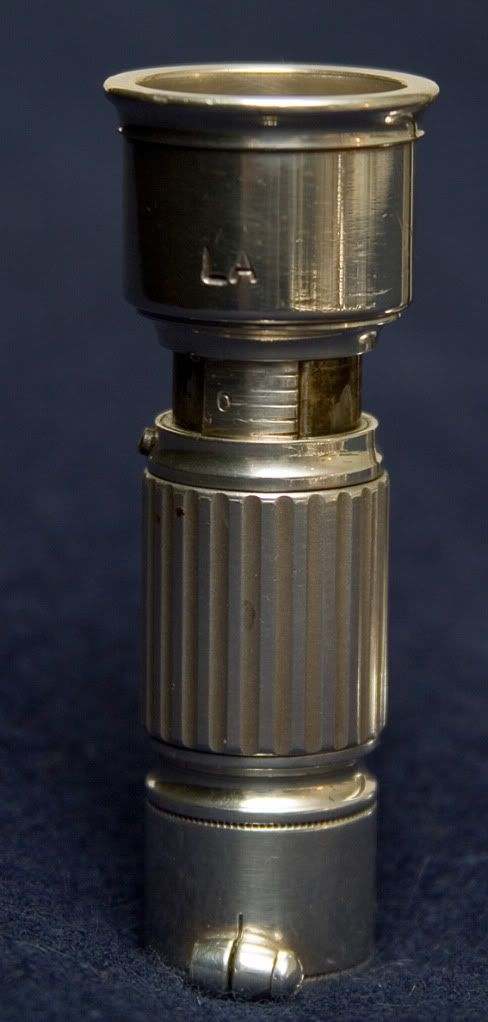Well..
...then it seems that he is not being 100% open and honest with the buyers. Thus far, he has (after prodding) come across with an answer to everything, but only when pinned down on the issue.
A historical example:
During the administration of Warren G. Harding, there was a lot of chicanery (mostly financial but in one case involving an armed party of US Marines sent to Wyoming, of all places) going on behind the façade of all of that "normalcy". One instance of this was the transfer of a large number of Liberty Bonds (the WWI equivalent of US Savings Bonds) from one party to another in payment for services rendered regarding the fraudulent sales of US Naval Oil Reserves in CA and WY.
The bag man for one of these transfers was the then-Postmaster General of the US, one Will Hays, formerly a small-time politician. Hays, who would later go on to found the Hays Board that oversaw the motion pictures industry, conveyed many hundreds of thousands of dollars of these bonds to the parties involved, and actually laundered much of the loot through the Republican National Committee, of which he was also head.
When under the Coolidge Administration-era congressional investigation for his role in all of this, Hays was asked under oath whether or not he had conveyed cash in a given amount to one of the individuals involved. He answered "No!".
Later, when the existence of the Bonds had been proven (all that remained of them was their serial numbers and the transfer record - the bonds themselves had been burnt once they were redeemed for cold, hard cash), Hays was again summoned to Washington and asked if he might reconsider his earlier testimony. The Democrats in Congress felt like they actually had a Republican administration member on the rock for perjury.
Hay's answer was simple and direct as to his innocence:
"Nobody asked me about no bonds."
He skated free on the charge.
For many years, I used this as a teaching tool with my investigators when I worked for OSHA. When taking down statements, even the most innocuous of assumptions on the part of the investigator can come back to bite you; ALWAYS ask direct questions that can be answered "yes" or "no". It took a bit more time, and was certainly more tedious for all involved, but the ultimate conviction rate was much higher when following my protocols...

